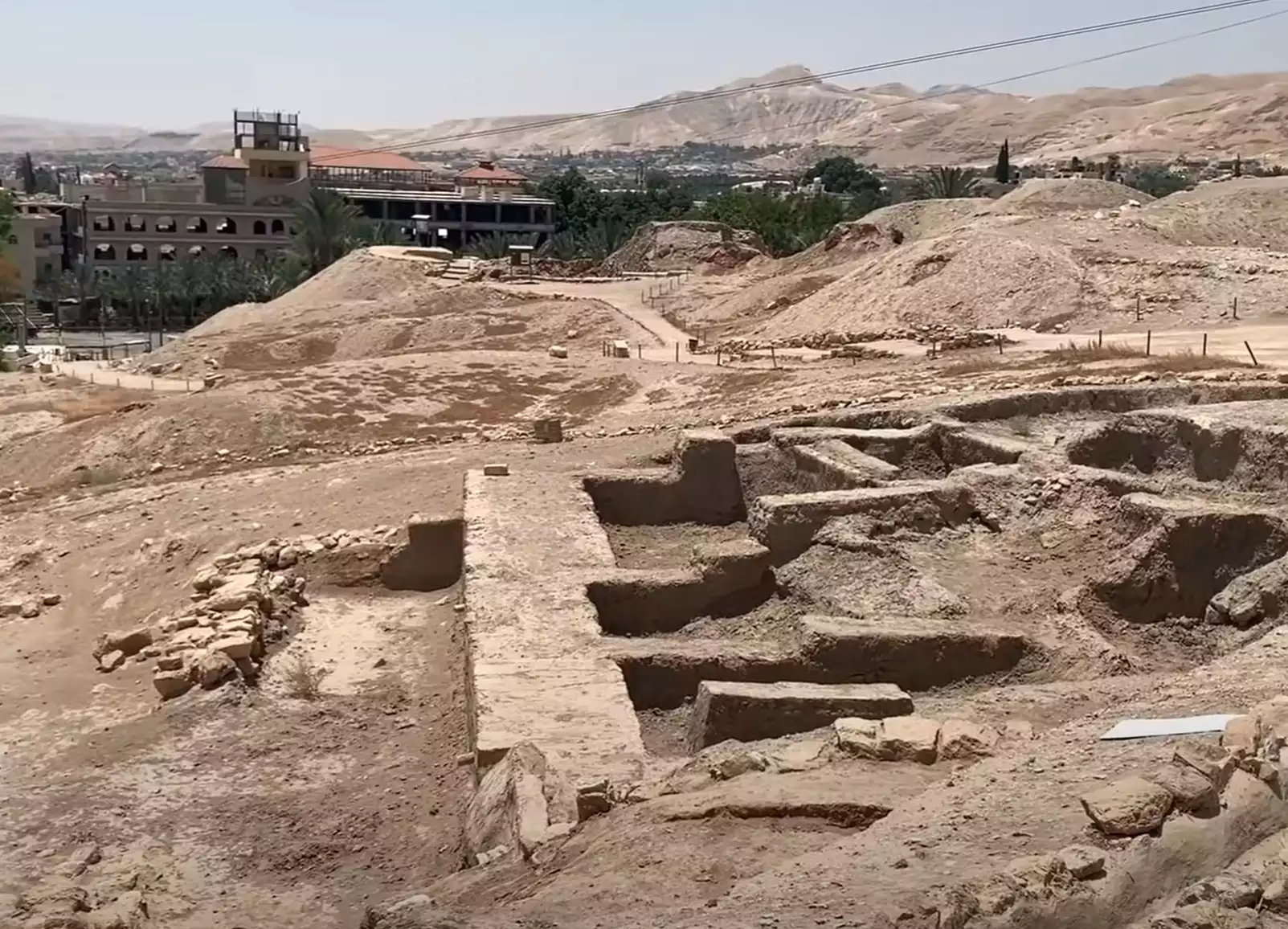
Jericho, renowned for its archaeological significance, stands as one of the oldest continuously inhabited cities in the world and plays a pivotal role in the biblical narrative of the Israelite conquest of Canaan. Situated in the Jordan Valley, this ancient city’s history is illuminated by both archaeological discoveries and scriptural accounts.
Historical Background of Jericho in the Israelite Conquest
Jericho’s mention in biblical texts, primarily in the Book of Joshua, presents it as the first major city conquered by the Israelites during their incursion into Canaan. The city’s strategic location and formidable fortifications made it a key target in Joshua’s military campaign. Jericho’s fall, as described in Joshua 6, is marked by the miraculous collapse of its walls following the Israelites’ seven-day encirclement and the sounding of trumpets.
The archaeological evidence of Jericho, particularly from excavations carried out in the 20th century, provides insights into its structure and the era corresponding to the Israelite conquest. Kathleen Kenyon’s excavations in the 1950s brought to light significant findings, including the remains of walls and residential areas, which suggest a densely populated city with a complex socio-economic structure.
Jericho’s significance extends beyond its military conquest. It represents a transitional point in the Israelite narrative, from a nomadic existence to becoming settlers in a promised land. The city’s fall symbolized a new phase in the Israelites’ journey, marking the beginning of their establishment in Canaan. Moreover, Jericho’s destruction and the archaeological findings around it have been subjects of intense debate, offering varying interpretations that range from literal biblical accounts to more symbolic or metaphorical readings.
In the broader context of ancient Near Eastern history, Jericho serves as a testament to the region’s complex socio-political landscape during the Late Bronze Age. The city, with its rich history, stands as a crucial piece in understanding the dynamics of power, religion, and culture during a time of significant change and upheaval in the ancient world.
This exploration into Jericho’s past, particularly during the period of the Israelite conquest, offers a multifaceted perspective on its historical importance, providing a window into the ancient world’s complexities and the enduring legacy of its cities.
The Archaeological Revelations of Jericho
The archaeological scrutiny of Jericho has been instrumental in piecing together its historical narrative. Excavations conducted by archaeologists like John Garstang in the 1930s and Kathleen Kenyon in the 1950s unearthed layers of civilization, offering insights into Jericho’s urban structure and cultural dynamics. These findings include remnants of fortification walls, which some scholars associate with the walls mentioned in the biblical account of Jericho’s fall. Additionally, the discovery of pottery, household items, and other artifacts provides a glimpse into the daily life of its ancient inhabitants.
Significantly, the carbon dating of charred remains and the stratigraphy of the excavation sites suggest that Jericho underwent several periods of destruction and rebuilding. These cycles reflect the city’s resilience and its strategic importance in the region. The debate among archaeologists and biblical scholars regarding the exact timeline of these events continues to enrich our understanding of Jericho’s role in the ancient Near East.
Jericho’s rich tapestry of history, underscored by its archaeological and biblical significance, continues to captivate scholars and enthusiasts alike. As a site of ancient human settlement, Jericho offers invaluable insights into the evolution of urban living and the dynamics of historical narratives shaped by both fact and faith.
References
- Finkelstein, I., & Silberman, N.A. (2002). “The Bible Unearthed.” Simon & Schuster.
- Garstang, J. (1936). “Jericho: City and Necropolis.” Liverpool University Press.
- Wood, B.G. (1990). “Did the Israelites Conquer Jericho?” Biblical Archaeology Society.
- Yadin, Y. (1963). “The Art of Warfare in Biblical Lands.” McGraw-Hill.
